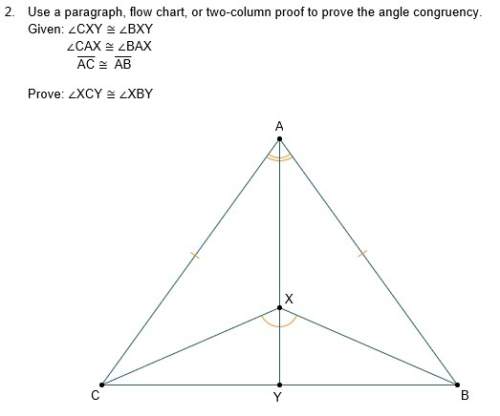
Mathematics, 15.12.2020 09:50 taterbuglee2003
According to the Rule of Three, when we have a sample size n with x0 successes, we have 95% confidence that the true population proportion has an upper bound of . a. If n independent trials result in no successes, why can't we find confidence interval limits by using the methods described in this section? b. If 40 couples use a method of gender selection and each couple has a baby girl, what is the 95% upper bound for p, the proportion of all babies who are boys?

Answers: 3


Another question on Mathematics

Mathematics, 20.06.2019 18:04
Use the distributive property to factor the expression. 15x + 6 a) 2 5 b) − 2 5 c) 3(5x + 2) d) 5(3x + 6)
Answers: 1

Mathematics, 21.06.2019 16:00
What is the value of x? enter your answer in the box. x = two intersecting tangents that form an angle of x degrees and an angle of 134 degrees.
Answers: 3

Mathematics, 21.06.2019 17:00
Tiffany drives 285,120 feet before lunch and 628,320 feet after lunch. about how many kilometers does she drive all together
Answers: 1

Mathematics, 21.06.2019 22:00
Onnie is considering doing some long term investing with money that she inherited. she would like to have $50,000 at the end of 30 years. approximately how much money would lonnie need to put into an account earning 6% interest compounded annually in order to meet her goal?
Answers: 1
You know the right answer?
According to the Rule of Three, when we have a sample size n with x0 successes, we have 95% confiden...
Questions

History, 25.08.2019 06:10


Mathematics, 25.08.2019 06:10


Mathematics, 25.08.2019 06:10





History, 25.08.2019 06:10




English, 25.08.2019 06:10





English, 25.08.2019 06:10

Mathematics, 25.08.2019 06:10




